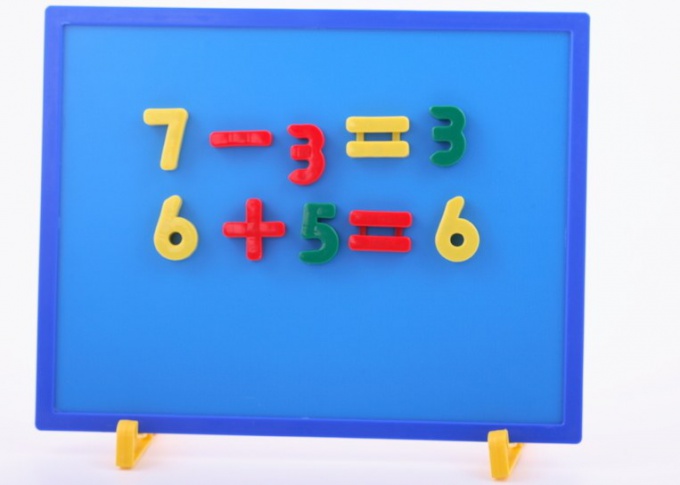What is the numeral
Numeral (numeral name) is an independent part of speech answering the questions "how much?" and "which?", and indicating the number and order of objects. Numerals are divided into three categories: quantitative (three, ten, a hundred, a thousand), collective (three, ten, both) and ordinal (third, tenth, last). They can be definitely-quantitative (two, fifteen, eighteen) and an indefinite quantity (much, little, any).
Numerals in the Russian language are inclined only in cases. With the exception of numbers one and two, which like the adjective and change according to the gender and number. For example: one boy, one girl, one creature, one thing. Numbers two and a half are two generic forms – masculine and neuter are inclined equally, while the female differs from them: two desks, two Windows, but two paintings. In the declension of numerals, which stand side by side with the nouns they either run past, or are consistent with them.
Features of the declension of numerals
There are a total of six cases – nominative (who, what), possessive (who, what), dative (whom, what), accusative (whom, what), by whom, how), preposition (whom, what).
Look declension of numerals would be: three, three, three, three, three, three.
The declension of numerals from 1 to 4, collective numerals and words, both, both, so much, so much, much resembles the declension of adjectives; numerals from 5 to 20, and 30 are inclined as nouns of the third declension. Numerals 40, 90, 100 incline only two options: have the same form for nominative and accusative (forty, a hundred) and the rest (forty, one hundred).
Numerals of the type "fifty" and the other compound numerals are inclined both parts. Example: sixty, sixty-seven and sixty-seven.
A particular declension of the numerals 200, 300, 400, and all numerals ending in-SOT. So, the numeral "hundred" in the genitive case will look like "three hundred", dative – "three hundred", accusative – "three hundred", by - "three hundred", prepositional phrases - "three hundred". Please note the replacement of "m" and "x" in the middle of a word that occur in different cases.
It should be noted that in the declension of cardinal numbers change all the words and parts of compound words (twenty-one (dative) to twenty-one), and the declension of ordinal – only the last word (twenty one – twenty first).
Another category can be called fractional numerals. These include numbers like½,¾, and so on. They will bow and the numerator and denominator. The numerator will be an integer, and the denominator as an adjective in the plural. For example: three fourth three fourth. The numbers of type 1,7; of 7.9, 11.3 and so on tend full. For example: seven point nine-tenths is to give seven the whole nine tenth.
